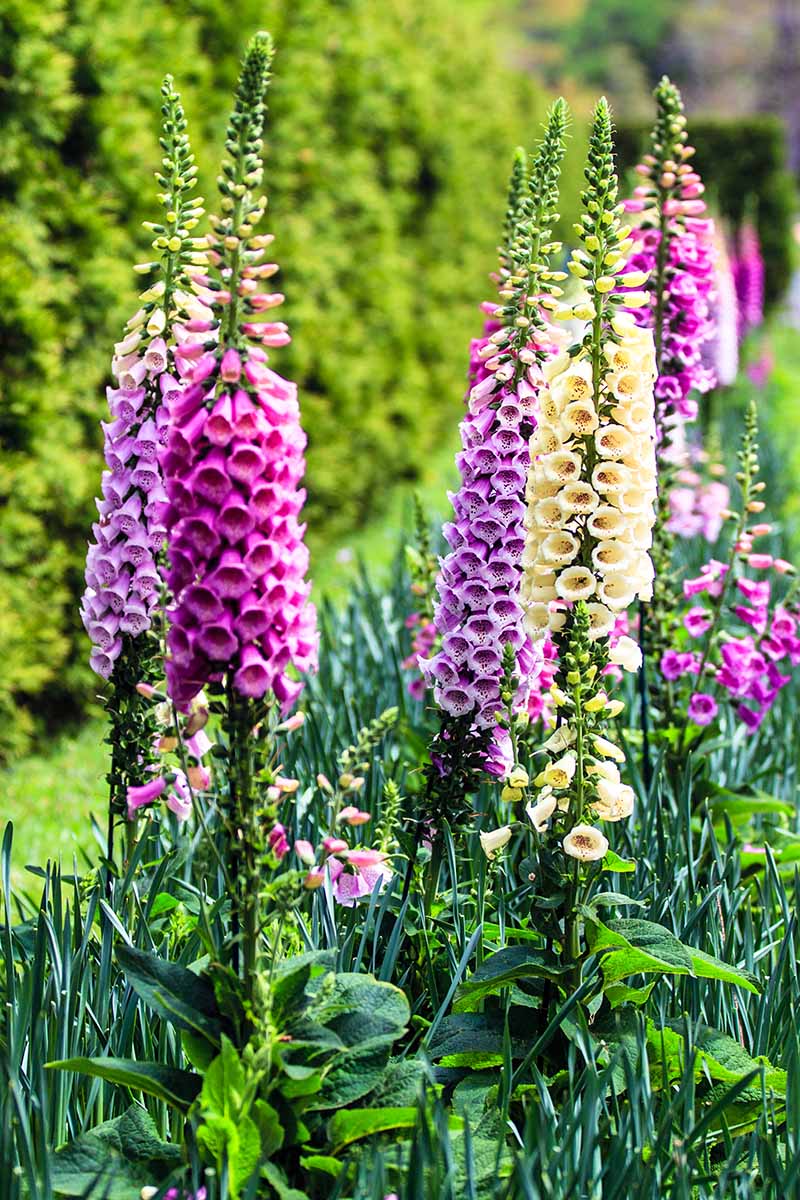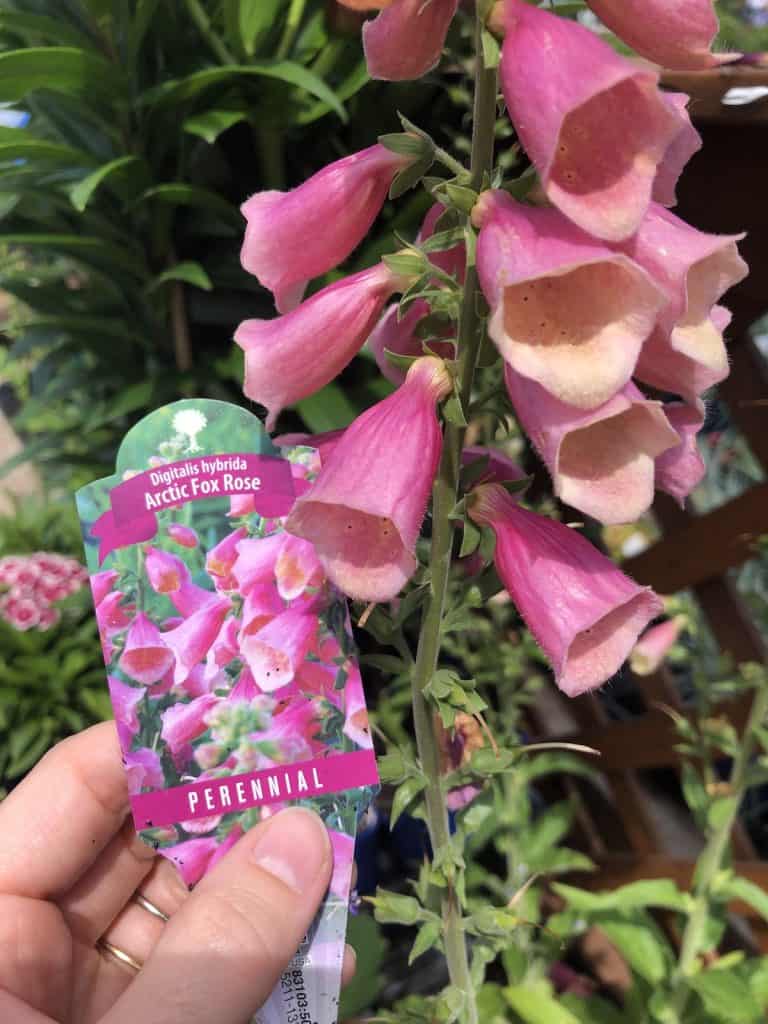How To Grow And Care For A Foxglove Plant
Pink Foxglove: A Beginner's Guide to Growing and Taking Care of these Beautiful Plants Foxgloves, also known by their scientific name Digitalis, are biennial flowering plants that are native to Europe, Asia, and parts of Africa. These flowers are known for their towering spikes of tubular flowers that come in shades of pink, purple, and white. Foxgloves are a popular choice for adding color and visual interest to gardens and landscapes, and they are relatively easy to grow and care for. In this article, we will take a closer look at these plants, from their plant attributes to common problems, pruning, propagation, potting, and repotting tips, so that you can grow your very own beautiful foxgloves. Plant Attributes: Foxgloves are known for their towering spikes of tubular flowers, which can reach heights of up to four feet. These flowers come in shades of pink, purple, and white, and they attract bees, butterflies, and hummingbirds. Foxgloves prefer partial to full shade and well-drained soil that is rich in organic matter. They should be planted in the spring or fall and can grow to be 3-6 feet tall, depending on the species. Plant Care: Foxgloves are relatively easy to care for, as long as you provide them with the right growing conditions. Here are a few tips to keep in mind: - Watering: Foxgloves prefer evenly moist soil, but they don't like to be waterlogged. Water them deeply once a week or whenever the soil starts to feel dry to the touch. - Fertilizing: Foxgloves don't require a lot of fertilizer, but you can feed them with a balanced fertilizer once a month during the growing season. - Mulching: Mulching around the base of your foxgloves can help to retain moisture and suppress weeds. - Deadheading: Once the flowers start to fade, remove them from the plant to encourage more blooms. Pruning: Pruning your foxgloves can help to promote a bushier, more compact growth habit and also prevent the plant from becoming too tall and top-heavy. Here are the steps to follow: - Cut back the main stem of the plant by two-thirds in late spring or early summer, after the flowers have faded. - Cut off any spent flower spikes to encourage the plant to produce new ones. Propagation: Foxgloves can be propagated by division or by seed. Here's how to do it: - Division: In the fall, when the plant has finished blooming, dig up the entire plant and carefully separate the root ball into smaller sections. Replant the sections in their new location and water them in well. - Seed: Collect seed pods from the plant once they have turned brown and dried out. Sow the seeds directly in the garden bed in the fall, or indoors in early spring. Potting & Repotting: Foxgloves can be grown in pots if you don't have a garden bed available. Here are a few tips to keep in mind: - Choose a pot that is at least 12 inches deep and wide. - Fill the pot with a high-quality potting soil that is rich in organic matter. - Plant the foxglove at the same depth as it was planted in the garden bed. - Water the plant deeply and regularly, making sure the soil doesn't dry out completely. - Repot the plant every two years or so, or when the plant outgrows its container. Common Pests & Plant Disease: Foxgloves can fall victim to a few common pests and plant diseases. Here's what to watch out for: - Aphids: These tiny insects can suck the sap out of the plant and cause it to wilt. You can control aphids by spraying the plant with a strong jet of water or using an insecticidal soap. - Rust: Rust is a common fungal disease that can cause orange or yellow spots on the leaves of the plant. To prevent rust, make sure the plant has good air circulation, and water from below the plant. Common Problems: Here are a few common problems that you may encounter when growing foxgloves: - Short-lived flowers: Foxgloves only bloom for a short period of time, usually 2-3 weeks. - Taller than expected: Sometimes foxgloves can grow taller than expected, causing them to flop over. - Self-seeding: Foxgloves are prolific self-seeders, which can be a good thing or a bad thing depending on your preference. In conclusion, foxgloves are a beautiful and relatively easy-to-grow addition to any garden or landscape. By following these tips on planting, care, pruning, propagation, potting, and repotting, you'll be able to enjoy their stunning flowers year after year. So why not give them a try? 



gardenerspath.com

www.pinterest.com

www.homefortheharvest.com
Post a Comment for "How To Grow And Care For A Foxglove Plant"